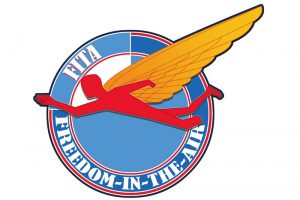It was a great surprise to see Laurent Martin waiting for us at the flying club last Friday. He’s now finished his engineering course at Cranfield and to celebrate he came flying with me and Anthony. In the video, we are flying the C172 using the Union Aviation hand controller.
During his year at the University, he’s been working on developing hand controls for disabled pilots. This is his individual project for his Aerospace Vehicle Design Masters Degree. He took the project over from last years students. The controller he’s designed is for use in the PA28 and the C172. The design has evolved from 2 earlier prototypes.
I am reading with great interest his thesis – I am learning so much. A very big thank you to the professors at Cranfield University, the team of instructors and of course the 3 students for sharing their knowledge and skills to help disabled aviators.
Some interesting points were raised from looking at existing devices and from research carried out. Here is a brief list of guidelines that were adopted and followed for the current design.
· Design with the maximum common parts between both Cessna and Piper aircraft
· Design an easy to fit device by getting rid of bolts
· Use only pins and clips to assemble the device
· Make the hand portable rudder control in two parts for transportation and fitting ease
· Avoid complex machining tasks to maintain low manufacturing cost
· Keep the number of parts as low as possible (for complexity and its consequences)
· Try to have the hand control in a fix position in the aircraft, not down on the knees of the pilot
· Design an ergonomic handle
· Keep the price as low as possible in production and selling
· Keep the weight as low as possible for comfort issues during transportation of the device
· Make the device impossible to fit in an incorrect way for logical safety reasons
· Be reliable and maintainable without any engineering competences and any specific tools


















